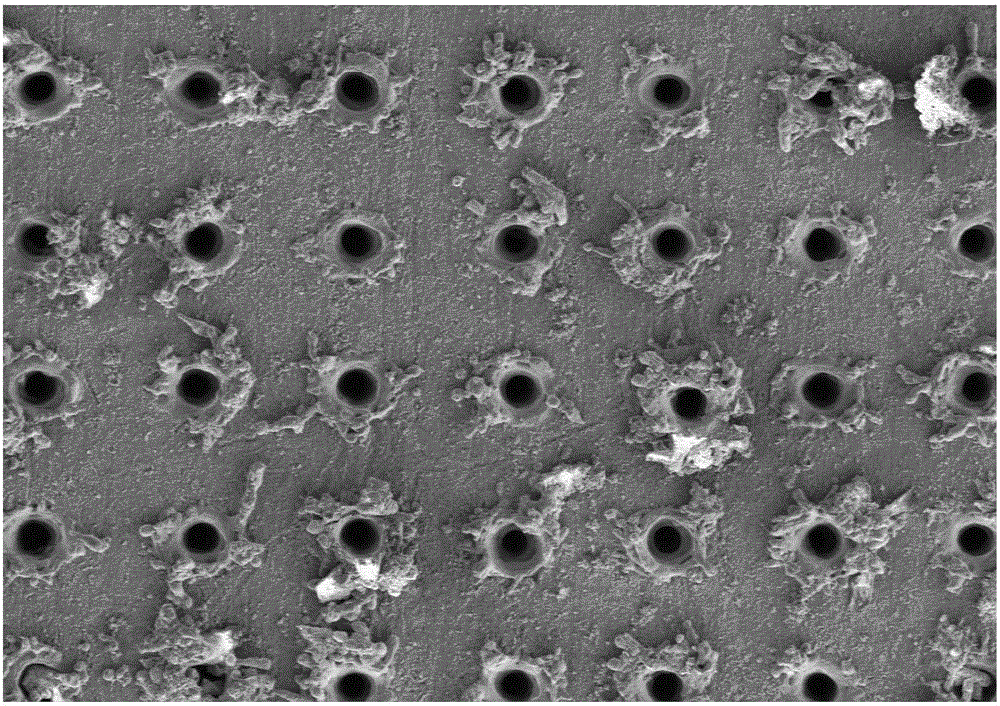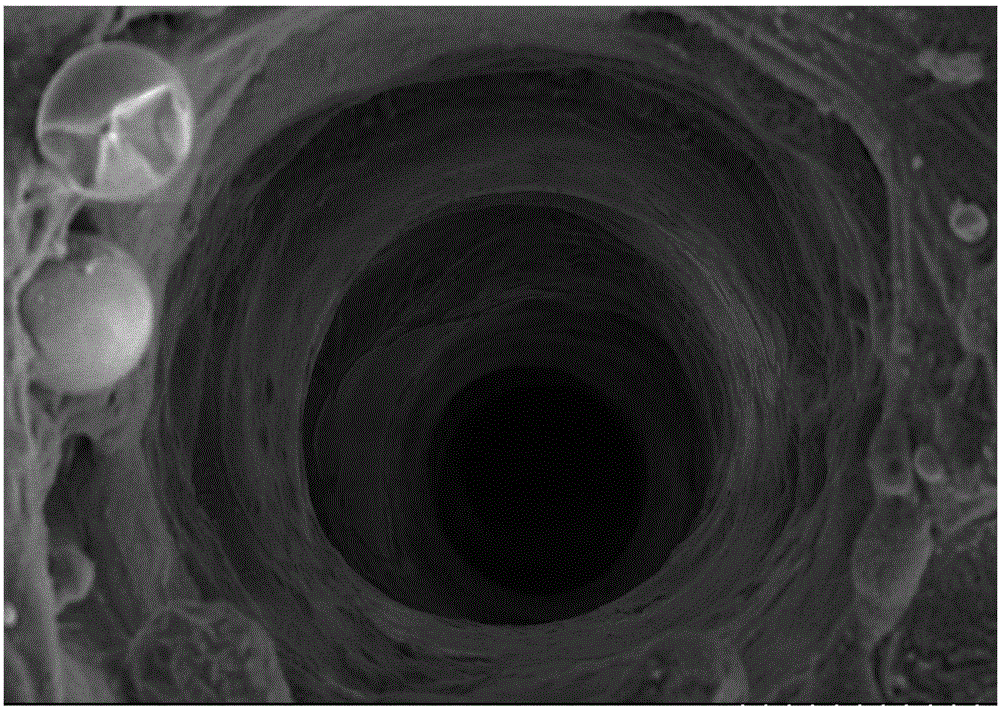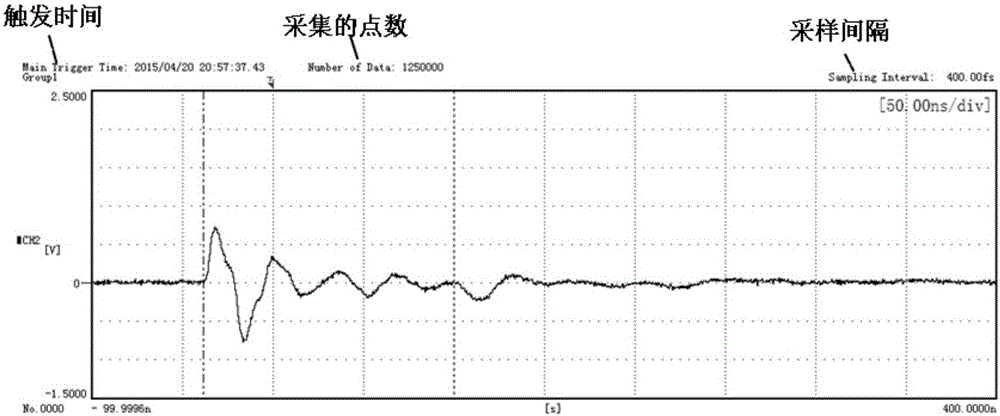Workpiece surface laser shocking process utilizing surface micro textures for removing residual stress holes
A technology of workpiece surface and residual stress, which is applied to the improvement of process efficiency, manufacturing tools, heat treatment equipment, etc., can solve the problems of high processing cost, reduced service life, and lack of compressive stress in the center of the spot, so as to reduce processing cost and eliminate residual stress Hole, the effect of improving processing efficiency
- Summary
- Abstract
- Description
- Claims
- Application Information
AI Technical Summary
Problems solved by technology
Method used
Image
Examples
Embodiment Construction
[0034] The present invention will be further described below in conjunction with the accompanying drawings and specific embodiments.
[0035] In this embodiment, a laser shock process on the surface of a workpiece using surface micro-texture to remove residual stress holes is characterized in that the steps are as follows:
[0036] Step 1. Perform laser micro-texture treatment on the surface of the workpiece (the surface of the workpiece is pre-polished into a mirror surface) (here, the thermal effect of the laser is used for processing, using a fiber laser and a weak laser), the impact laser energy is P0, and the micro-texture density is B, The range of shock laser energy P0 is P1-P2. Preferably, the energy P0 of the shock laser is in the range of 0.2 mj-1 mj, the spot size of the shock laser is 1 μm, and the distance between the micro-texture pits is in the range of 0-140 μm. In this example, the 7050 aluminum alloy material was selected, and the laser with a single pulse e...
PUM
| Property | Measurement | Unit |
|---|---|---|
| size | aaaaa | aaaaa |
Abstract
Description
Claims
Application Information
 Login to View More
Login to View More - R&D
- Intellectual Property
- Life Sciences
- Materials
- Tech Scout
- Unparalleled Data Quality
- Higher Quality Content
- 60% Fewer Hallucinations
Browse by: Latest US Patents, China's latest patents, Technical Efficacy Thesaurus, Application Domain, Technology Topic, Popular Technical Reports.
© 2025 PatSnap. All rights reserved.Legal|Privacy policy|Modern Slavery Act Transparency Statement|Sitemap|About US| Contact US: help@patsnap.com



